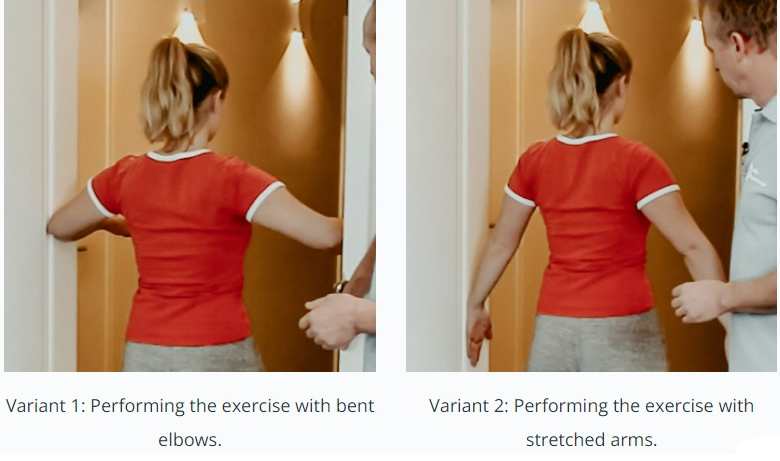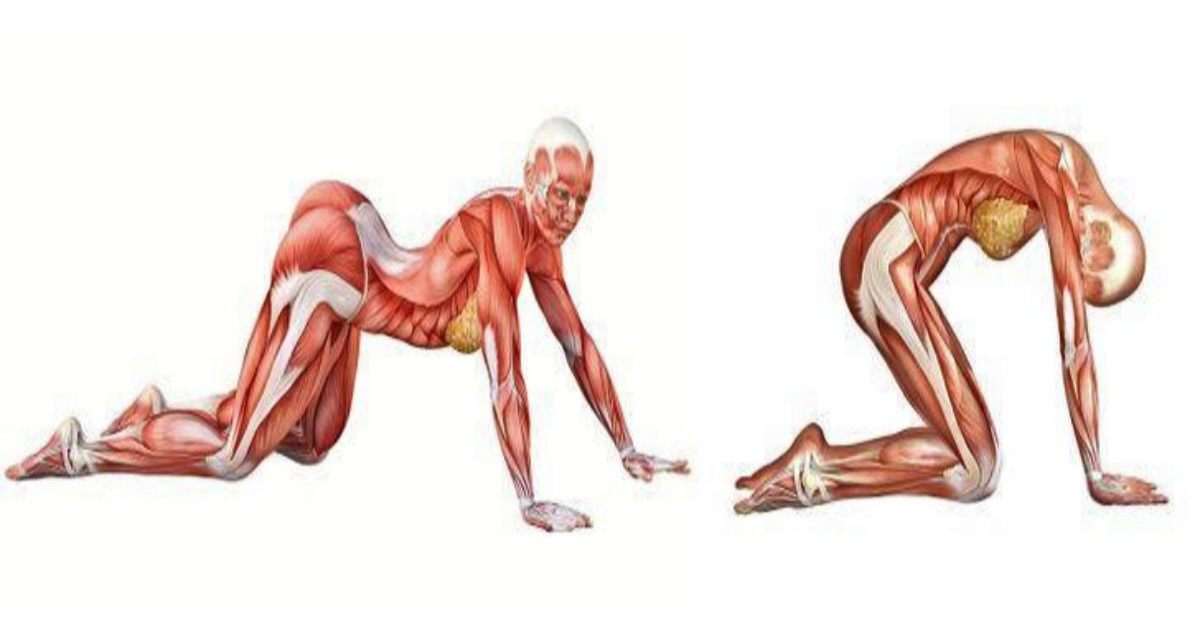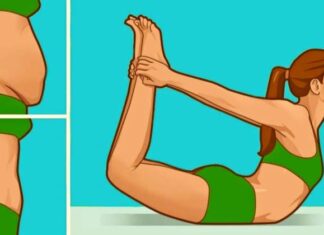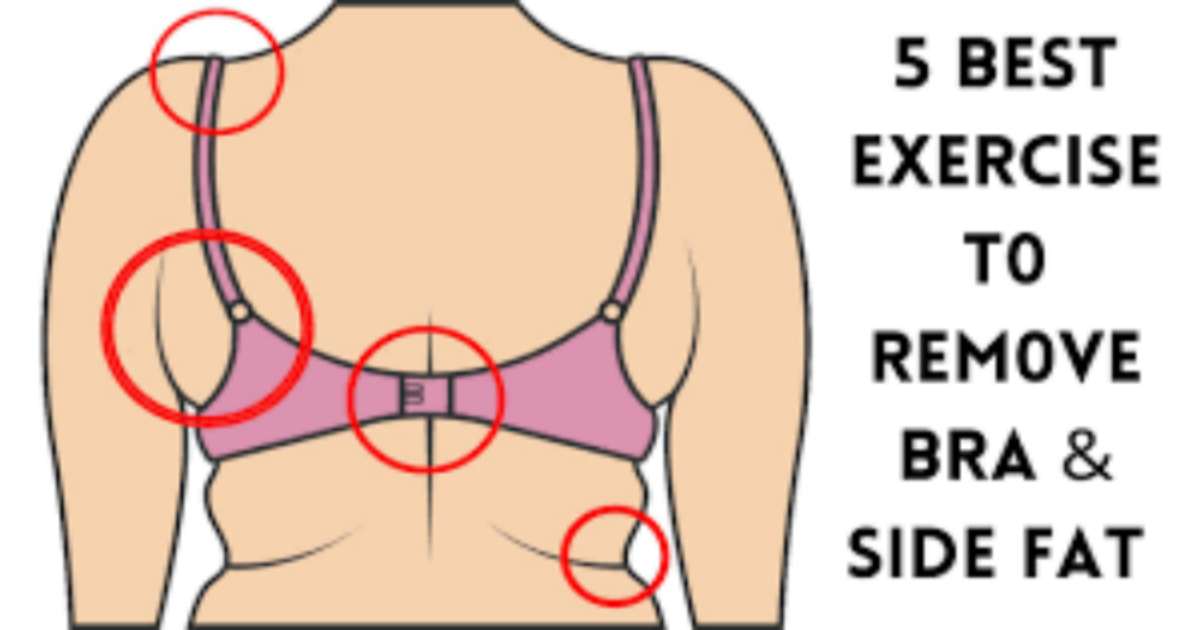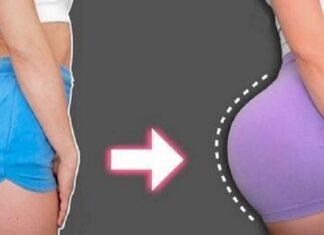Do you have problems with frozen shoulder and shoulder pain? Here are 5 frozen shoulder exercises for quick relief, less pain and better function. Feel free to share them with anyone who suffers from frozen shoulder.
Frozen shoulder is characterized by inflammation of the shoulder capsule. It is often accompanied by limited movement of the shoulder joint and severe pain. This inflammation usually occurs without any identifiable previous event. The shoulder joint is surrounded by a joint capsule, which can stick together as a result of the inflammation, restricting its mobility.
Especially in the case of frozen shoulder, it is important to improve mobility as quickly as possible. However, prolonged painful immobilization of the shoulder in this condition leads not only to a tremendous loss of mobility, but also to a reduction in muscle strength.
Since the shoulder is a purely muscle-locked and muscle-guided joint, it is essential to restore strength in order to restore shoulder function. Fortunately, there are exercises that can help relieve symptoms and speed healing.
5 Frozen Shoulder Exercises for Quick Relief
1. Pendulum Stretch
The pendulum stretch is a gentle way to start loosening the tight tissues around the shoulder. To perform this exercise:
Swing the arm in 2 directions when the pain is severe and movement is difficult. In the forward and backward motion, the arm swings loosely to the side of the body. To improve lateral mobility, support yourself on the edge of a table and let your arm swing in front of your body.
Continue swinging both directions for 5 minutes each.
2. Arms Stretch
Stabilization and Strengthening: Standing in a door frame, press the elbows against the frame and pull the shoulder blades down to strengthen the side and back shoulder muscles.
Stand in a doorway and bend both elbows slightly. Now raise your arms until your elbows touch the door frame. Now build up tension, inhale deeply and press firmly against the door frame with both forearms. Your shoulder blades should be pulled back and your breastbone should rise. Hold the tension for about 5 seconds throughout the entire exhalation.
Hold the stretch for 15 to 30 seconds and repeat 5 times a day.
Alternative: If the doorframe is too wide and you cannot build up ideal tension with your elbows, you can do the exercise with your arms outstretched instead (see Variation 2).
3. Armpit Stretch
Using your good arm to assist, the armpit stretch can help increase the range of motion in your shoulder. To perform this exercise:
Roll an exercise ball in different directions using as few muscles as possible to improve shoulder flexibility. Place your hand on a Pezzi ball or beach ball on a table. Push the ball forward and pick it up. Then move the ball left and right. Make sure that only the arm in the shoulder is moving.
Move back and forth and left and right for 5 minutes at a time.
4. Cross-Body Reach
The cross-body reach exercise helps stretch the shoulder muscles and improve mobility. Here’s how to do it:
Get into a 4-footed position. The knees are under the hip joints, the hands are under the shoulders, and the elbows are pointing toward the legs. The affected arm now moves to the side, with the palm facing the face. At the same time, the head turns towards the hand so that the palm can be seen.
Perform 3 sets of 10 repetitions
5. Finger Walk
The finger walk is a great exercise to increase shoulder flexibility and decrease stiffness. To perform the finger walk:
Stand facing a wall about three-quarters of an arm’s length away. Reach out and touch the wall at waist level with the fingertips of that arm. With your elbow slightly bent, gradually move your fingers up the wall in a spider-like motion until you have raised your arm as high as you can comfortably reach.
Repeat this exercise several times throughout the day for about 5 minutes.
Frozen shoulder can be a frustrating and painful condition, but incorporating these exercises into your daily routine can help speed recovery and improve flexibility and strength in your shoulder. Remember that progress can be slow and steady, and exercises should not cause severe pain. If you experience increased pain or have concerns, consult a healthcare professional or physical therapist. With patience and consistency, these exercises can help you manage and overcome frozen shoulder.
Keep reading: 5 Effective Exercises To Say Goodbye to Side Boob Fat Quickly

